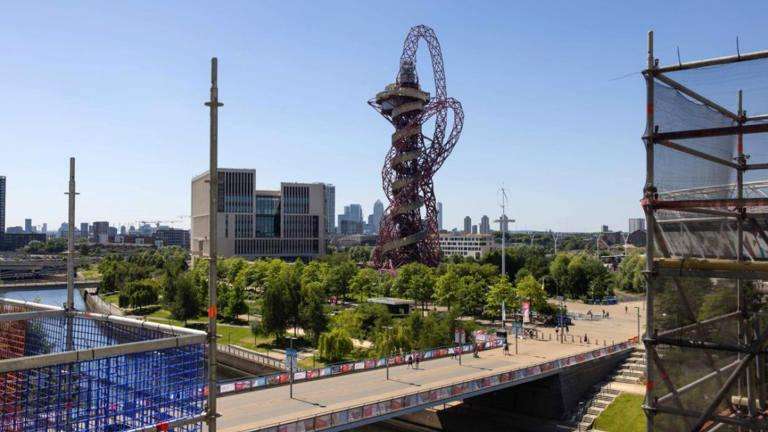East London has been named the most entrepreneurial area in England, boasting the fastest growth in new start-ups.
New data from the East London Growth Group shows that half of East London’s boroughs rank in the top 10% for SME growth rates across England since 2010.
In the past 15 years, the region, including the Thames Estuary, has seen over 60,000 new SMEs established — a 62% increase in the number of small and medium-sized enterprises.
The London Borough of Newham took the top spot with a 175% rise in SME growth, while Barking & Dagenham ranked third with a 153% increase. The national average stands at just 32%.
“People who live in the borough [Newham] – many with their roots in other parts of the world – respond to the challenges they face with energy, imagination and determination,” The Rt Hon Sir Stephen Timms, MP for East Ham, said.
“This research finding provides good grounds for optimism about the future,” he added.
However, a number of business groups feel there is more that can be done to better the region, ensuring East London’s growth momentum continues.
Will the momentum have ground to continue?
The region, which consists of 20 local authorities across the East London and Thames Estuary, saw a surge of 8.6 per cent in population growth between the years 2013 and 2022.
This is higher than the average 5.9 per cent across the whole of England.
More than a third of this growth was an influx of people aged 25-49, with the trend projected to continue to a 4.8 per cent increase in population over the next decade.
If projections stay true, some 9.6 per cent of England’s 2.17m new residents will settle in the region. Some 55,000 of whom will be aged 20-29.
With it being home to “some of the highest rents in the country” and a “mixed picture” for educational skills attainment, the growth report suggests more work on policies and infrastructure is needed.
This includes policymaker attention to housing, digital connectivity, and public services such as education and transport.
Currently, 13 of the 20 local authorities depend on public transport more than the national average.
Housing affordability is also 1.35 times higher than England’s national average.
“East London is home to some of the UK’s most ambitious and most successful entrepreneurs,” John Dickie, chief executive of BusinessLDN, said.
“To unlock their full potential they need the infrastructure that supports growth — in particular, better transport connectivity and more affordable homes.”
_3.jpg)
_4.jpg)






.svg)


